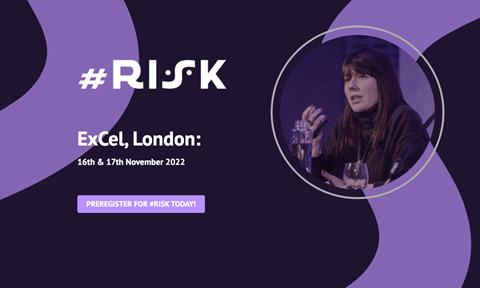The question of what to do with a growing remote workforce has been one that organizations have struggled with for some time. While working from home has offered some benefits especially regarding health-related risks due to the covid-19 pandemic. However, the work from home environment has presented numerous risks that organizations have previously not had to deal with and has made it much more difficult to deal with these risks in a traditional manner.

Working from the comfort of one’s own home may be preferred by some but does create a plethora of new risks. These risks include:
IT Security
The organization is unable to control cybersecurity technology within an individual’s home and thus creates added exposure to the potential of a security breach.
Within someone’s home there will likely be several technological devices all connected to the same network, this isn’t always only just computers and mobile devices, but TV’s, speakers, and even blenders can all be linked to one another. If there is a breach in one of these devices, it could lead to all of them being compromised including the ones used for work.
Physical Exposure
When it comes to physical security, working from home can also lead to increased exposure. There may be times when people within an individual’s household that someone is in proximity and hears sensitive information over a phone call or zoom meeting that should not have access to that information. Not only is this a concern within the household but also if an employee were to take their work elsewhere.
Not everyone chooses to be confined to their home office when working from home, many can and will choose to work in places like coffee shops. If this is the case, it can be reasonably assumed that at any given point someone can see the employee’s computer screen and with it any sensitive data that may be on it.
Behavior
Another issue that comes from the work from home environment is that while residing in the comfort of one’s home they may also feel more comfortable to behave in a manner that might not be acceptable within an office environment. While feeling comfortable employees may say something that falls under harassment or discrimination.
Organizations have seen a rise in misconduct since the pandemic began and it is likely that this will continue unless policies and procedures change.
While many of these challenges facing organizations and their relatively new remote work environment have been noticed and the organization may have already begun implementing countermeasures, there is another challenge facing the remote work environment that many organizations may have overlooked.
Environmental disasters, while don’t happen extremely often, can completely disrupt an employee’s home environment, and when the home and work environment are one in the same this means that their capability of working can be destroyed with it.
Natural disasters are on the rise with the United States alone experiencing 20 events each costing $1 billion worth of damage across 2021 and the world experiencing $47 billion worth of damage. A large portion of this damage is to homes and communities resulting in significant financial strife and emotional distress to many of whom work from home.
This is a serious operational risk because in many cases it prevents an employee or employees from undertaking their daily tasks. The silver lining is that with the work from home environment it is unlikely that all employees live in the same area meaning that one natural disaster is unlikely to affect the entire workforce. On the other hand, however, the work from home inherently creates barriers to the organization’s ability to implement risk mitigation measures.
Homeowners, especially when working from home, must be prepared financially to manage the event of a natural disaster. This is largely done with insurance; however, studies have shown that over 50% of Americans believe they are unable to financially handle an unexpected event costing them only $1,000.
While much of this may seem like it’s the responsibility of the employee to ensure that they can continuously work despite unforeseen events, not all the responsibility falls on the employee and organizations can do several things to improve risk mitigation efforts in the work from home environment.
These include offering tools and resources for employees and communities that have recently been affected by natural disasters such as temporary housing. In addition, organizations can offer assistance in regard to preventative measures such as education on disaster planning for themselves and their family, organizations can also offer disaster related insurance more readily available to their employees.
Organizations cannot prevent natural disasters from occurring nor can they control the preparedness of their employees, what they can do however, is ensure that they provide their employees with all necessary resources and assistance to those who are willing to take it.

→ SEE ALSO: #RISK - ExCel, LONDON: 16th & 17th November 2022
#RISK will be the place that business leaders meet, learn, knowledge share and understand how the lines between cybersecurity, privacy, risk management, and compliance that were once straight and delineated are now blurred and merging.













No comments yet